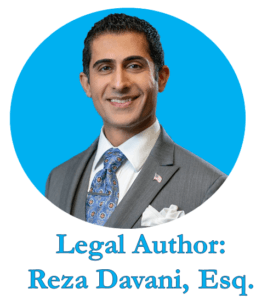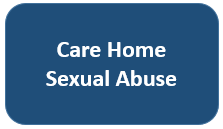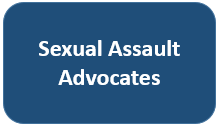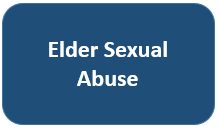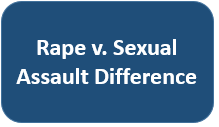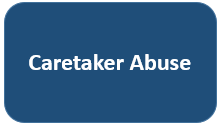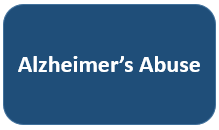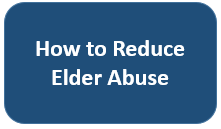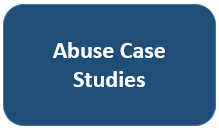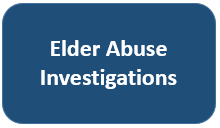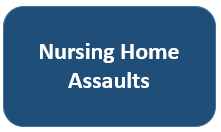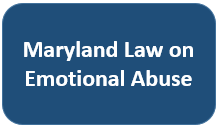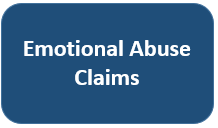Article Updated: January 8, 2022
Explaining How the Likelihood of Abuse May be Reduced
Abuse of elders is a serious issue in nursing homes, assisted living facilities, group homes and care homes.
I have handled and investigated over 200 cases involving elder abuse, so I know this from personal, legal experience.
Below, I provide insights on this issue and common causes which explain how the likelihood of abuse may be reduced.
If after reading this article you have more questions, or need help protecting a senior friend or family member, send me an email or fill out the contact form below.
Clickable Table of Contents
Reducing Abuse
1 – Causes of Elder Abuse
2 – Variables that Impact the Likelihood of Abuse
3 – Factors That Increase the Likelihood of Abuse
4 – Likelihood of Abuse May be Reduced by These Things
5 – Managing Risk of Abuse & Focusing on Prevention
6 – Reducing & Explaining Abuse Q&A
Resources
7 – Help with Abuse Cases
8 – Supporting Literature, Citations & Research
9 – About the Author
8 – Legal Help in Maryland & Nationally
Causes of Elder Abuse
Physical and emotional abuse are common occurrences in the lives of many elderly people.
Physical Abuse
Physical abuse takes place when there is any pain, impairment or injury to any part of the physical body caused by the actions of another person.
When a person is physically abused, it can lead to long-term disability, pain, the need for hospital stays and rehabilitation.
Emotional & Psychological Abuse
Emotional and psychological abuse, while not being tangible, have effects that can hurt an individual as well.
Depression and mood changes are common signs that emotional abuse has been suffered by an individual.
Psychological abuse can show itself through confusion or anxiety.
What Causes Abuse of Elders
Elderly individuals often need care to handle daily tasks like making food, taking baths and doing shopping. Because of the constant help they need, they are in contact with home care workers, or nursing home staff.
Elder abuse is common in these situations because the elderly individual is reliant on others for so many parts of their daily life. Those who are in charge of offering care to the elderly are frequently undertrained, unqualified or impatient.
In many other cases home care workers and nursing home staff are overworked and understaffed leading to frustration that manifests into abusive behavior.
Common Types of Abuse
What abuse do elderly receive most commonly? There are many ways that abuse reveals itself. Some widespread causes of abuse include:
◊ Pushing
◊ Hitting
◊ Force feeding
◊ Burning
◊ Scalding
Understanding how the likelihood of abuse may be reduced starts with understanding the chances that abuse will take place to start with.
Variables that Impact the Likelihood of Abuse
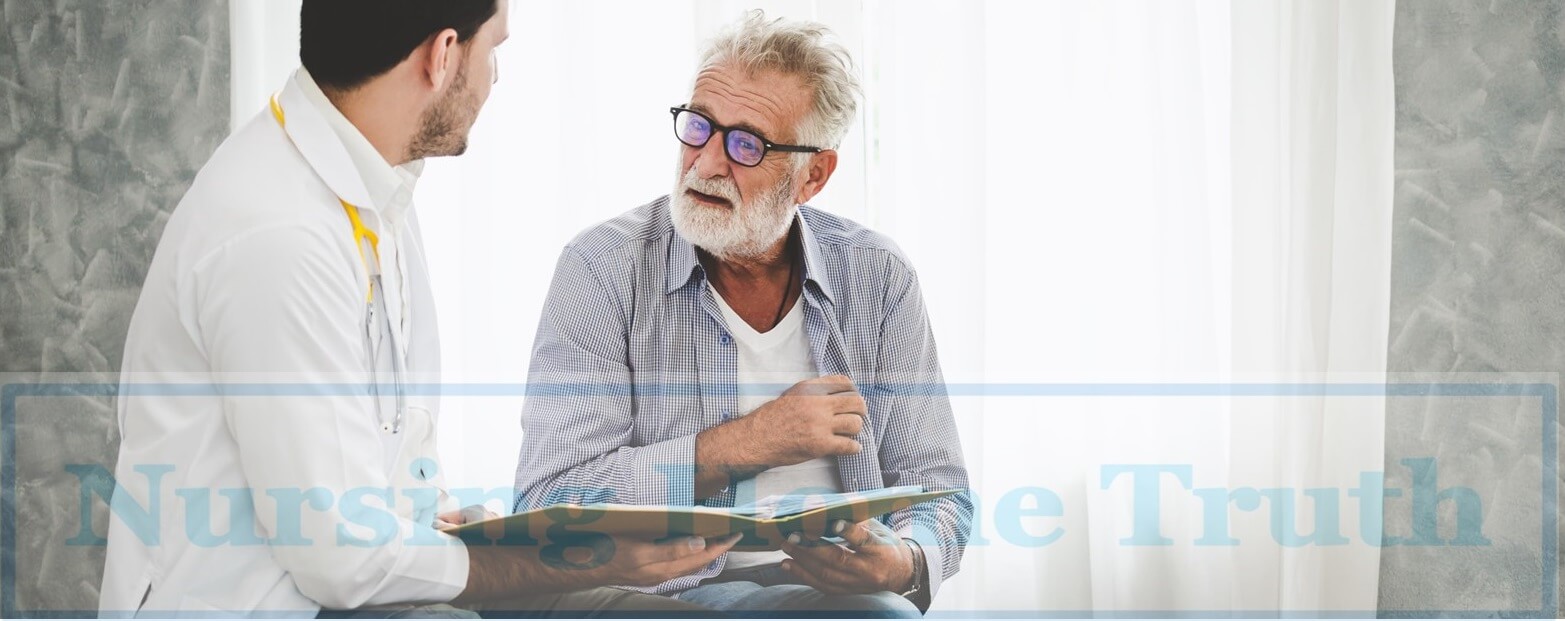
When training and standard of care as well as accountability are not high, there is a higher chance that abuse will take place.
There are variables that affect the chances that abuse will take place and with the elderly, many of these are tied into the people who are responsible for taking care of them on a day to day basis.
Likelihood of Abuse is Explained by Low Standards in Care
There are not always in place services that can help ensure abuse will not take place. Many nursing home staff and programs that are meant to support those who are elderly simply do not offer care that is of a high standard.
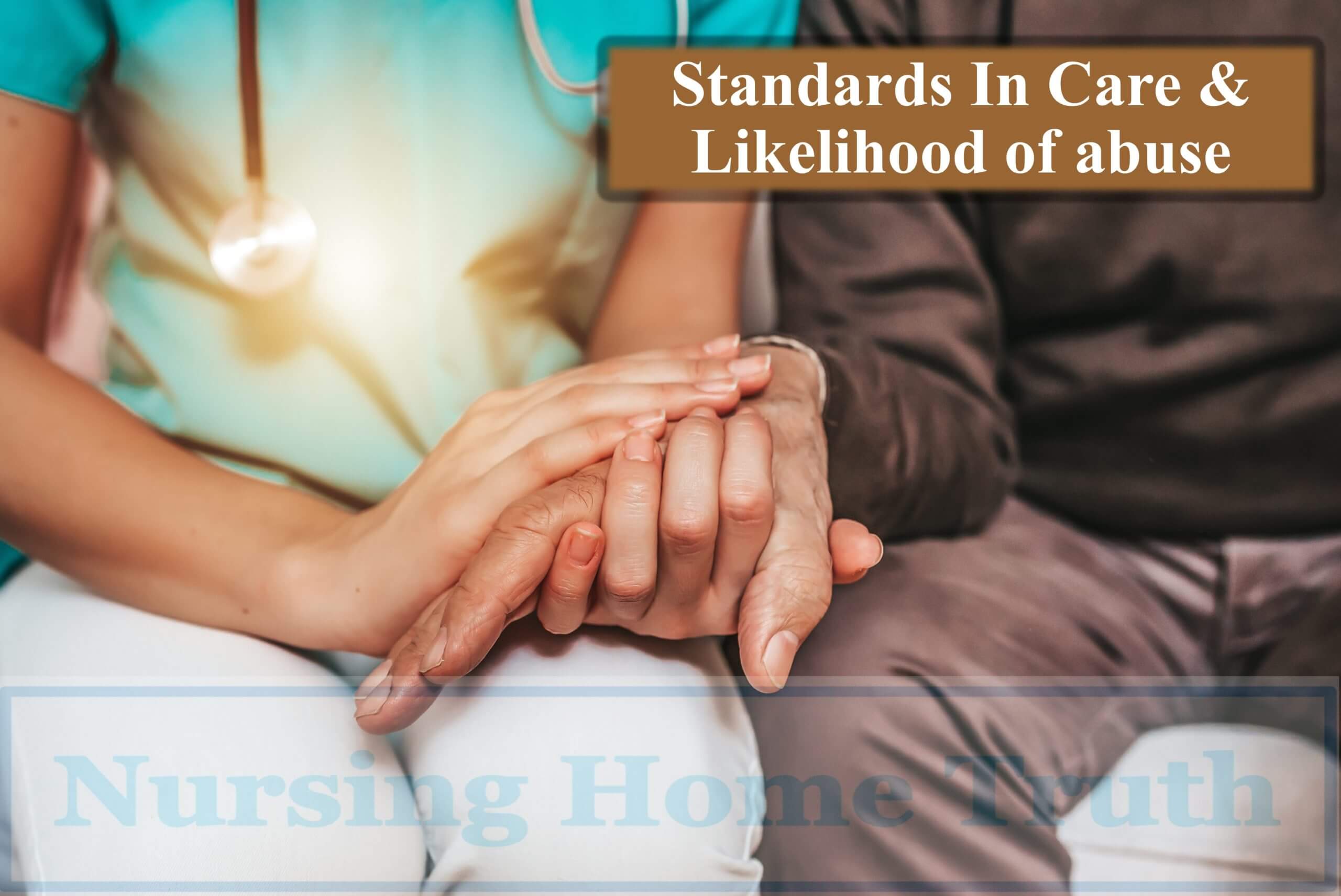
Even welfare services are too often lacking in capability. The combination of low expertise and subpar standards in care, leave the door open for abuse to take place.
A large reason for this is the lack of accountability in the care which comes from low standards in place.
When standards are this low, there is little to no accountability and oversight which makes the conditions for abuse high, and is a straightforward explanation for why the abuse happened.
Likelihood of Abuse is Explained by Poor Training
Lack of proper training is another reason that there is a high likelihood that abuse will take place within the elderly population.
When staff are overworked or poorly trained, there is a much higher chance that there will be abuse against an individual in their care.
Often there is a desire to save money, which leads to lower salaries, shorter training and less oversight.
In many nursing homes there are a limited number of employees who help care for a large number of individuals.
These individuals frequently receive little training before they go out on the job and are not prepared to deal with the physical, emotional and mental toll of caring for highly dependent elderly patients and long-term residents.
The result of this poor training is abuse that is directed towards the elderly individuals under their care, because they lack the proper training and guidance to navigate what is a taxing job, both emotionally and physically.
When the employees are poorly paid, which is often the case, the abuse can get worse due to the additional frustration and workloads.
Likelihood of Abuse is Explained by Unsafe Physical Environments
Another variable that affects the likelihood that abuse will take place is the physical safety precautions that are put into place.
When the physical environment is deficient, there is a higher chance that abuse and accidents take place.
Lack of railways, unsecured bathrooms and inefficient ramps are just some of the physical environment factors that can lead to abuse.
The connection is that in environments like this, the elderly individual is not supported physically, and this again leads the staff to carry more weight and burden which translates into abuse through frustration.
Likelihood of Abuse is Explained by Profits Placed Over People
Whether it is home care nurses that come in and check on elderly individuals, or full time nursing care facilities, there is a tendency on the part of many of these greedy companies to treat the services as business first and foremost.
When policies and practices operate to make money and not to care primarily for the safety and well-being of people under their care, abuse is higher.
Many policies are crafted to prioritize the institutions more than the residents.
When a business that is charged with maintaining the safety of others does not operate in the interest of the elderly, higher abuse comes about through policies that care more for cutting corners.
Some common policies that attempt to place profits over people that lead to abuse are:
◊ Paying staff less which leads to frustration and less care in patient safety
◊ Hiring fewer care workers to cover shifts leading to more abuse as the staff is stretched thin
◊ Cutting corners on accountability and training which has a direct relationship with higher abuse as employees lack the needed competencies to take care of the elderly
More Factors That Increase the Likelihood of Abuse
There are specific factors that will increase the chances that an individual will become the victim of abuse in their life.
These factors include social factors, physical variables, the relationships a person has and the community they are a part of.
Physical Factors Impacting Likelihood of Abuse
An individual’s physical reality will help shape whether or not they will be the victim of abuse in their lifetime. A person who has a disability will have a higher chance of abuse.
This means having visual impairments, hearing difficulties or being in a wheelchair all increase the chances that a person will be the victim of abuse.
Mental health problems will also increase the chances that a person will be the victim of abuse, especially in older age.
Socio-Cultural Variables Impacting Likelihood of Abuse
An individual’s cultural and social background does make a difference in their risk of abuse.
In some cultures there are stereotypes that single out the elderly as weak and dependent which eats away at the respect that there is for the elderly.
An additional cultural variable is that in some communities the bonds and relationship between older and younger family members has eroded leaving the elderly with no real guardians.
This is made worse with the movement of many younger people away from their parents leaving the latter alone and at the mercy of strangers.
Inheritance issues also leave many elderly at the whim of those who stand to inherit from them which leads to poor care and abuse.
How Relationships Explain Likelihood of Abuse
An elderly person will have a higher chance of abuse when they are left to the care of strangers.
This does not mean that family are not also capable of abuse, as they commonly have been found to be the ones who perpetrate abuse.
What does make a difference is the dependency that an individual has, both financial and physical, on another person.
In families with poor relationships abuse can be higher due to stress, frustration, lack of funds and pressure to provide constant care which can be seen as a burden which will increase the risk of abuse taking place.
Community Dynamic May Explain Abuse
When a person is in an isolated living condition abuse chances increase.
An isolated person has little to no social support and also little in the way of accountability if they are abused as they have no one to help them.
An elderly individual who also has physical and mental capacity weaknesses will again have an even higher increase in the chance for abuse to take place because they will have no way to defend themselves and no one to reach out to for help.
Many elders enter a nursing home to protect themselves from this community dynamic.
The scary reality is that entering a nursing home to escape from wolves is like a sheep entering the wolves den. Nursing homes cannot be trusted to care for our fragile family members, and this has been proven time and again.
Likelihood of Abuse May be Reduced by These Things
The likelihood of abuse may be reduced through a formal process of accountability and better procedures for care of the elderly.
Research Care Facilities Can Reduce Likelihood of Abuse
Some of the things that can be done are accessible at the individual level.
You can ensure that you research nursing homes and care workers to ensure they have high standards of care.
By doing this you can ensure that a respected establishment is selected.
This does not mean that you should not also visit frequently because elderly who are isolated and alone have a higher chance of abuse even in highly reputable establishments.
Eliminating Isolation Can Reduce Likelihood of Abuse
Making sure your loved ones are not isolated will be of high importance in mitigating abuse.
When an elderly person is left alone with care workers or with just one family member and not checked up on, the chances for abuse higher.
By ensuring there is less isolation, there can be a reduction in abuse. Helpful tips for reducing the chance of abuse are:
◊ Visit the elderly individual frequently
◊ Do not allow the individual to be isolated
◊ Participate actively in the elderly person’s life actively
◊ Pay attention to their health and what they are communicating to you
While abuse is common for the elderly, there is the possibility that the likelihood of abuse may be reduced through the above steps which help ensure more accountability.
Managing Risk of Abuse & Focusing on Prevention
Abuse against the elderly is a serious problem that may not be eliminated but can be mitigated.
You can take steps to help decrease the likelihood that abuse takes place against your loved one. To do this, you must work towards active participation in their life.
Ensure that you are involved in or aware of the personal care and health status of the elderly individual at all times.
Simply making sure that the elderly individual knows that they are cared for and being paid attention to can help them have the confidence and self-esteem needed to be more vocal when they are being abused or harmed by others.
Active participation, paying close attention, communicating and keeping an open line of communication all play a part in decreasing the likelihood that someone you love will be the victim of physical, emotional or psychological abuse.
Reducing & Explaining Abuse Q&A
What are effective ways to reduce the likelihood that abuse will take place?
Abuse can be reduced when there is more interaction and involvement in the life and care of an individual. When there is no contact with an elderly person, they are often mistreated and the isolation leaves them no recourse in getting help. Reducing isolation can help to reduce the chance of abuse.
Do cultural differences increase abuse?
Cultural differences can increase abuse as some communities have less connection and fewer deep relationships with their elderly, which leads to isolation that can directly add to abuse probability.
Will having a disability increase the chances that abuse takes place?
Yes, disabilities have been shown to have an impact on whether or not abuse will take place. Those who are impaired physically or mentally have been shown to have higher rates of emotional and physical abuse against them.
Are care homes adding to the likelihood that abuse can happen?
In many cases, yes, care homes are adding to the chances that abuse will happen. This happens through their lack of proper training and hiring norms. There are also poor practices in staffing and salary practices which are done to save money, but end up adding to the likelihood of abuse taking place.
Help with Abuse Cases
There is only so much you can do to protect your elderly friends and family if they are in a nursing home or long-term care facility.
If despite your best efforts, incompetent and negligent nursing companies have injured someone you know, you need legal help to home those bad actors accountable.
That is what I do for a living, and invite you to recruit my help in your pursuit of justice.
Warmly,
Reza Davani, Esq.
State Bar No.: #1212110211
Federal Bar No.: #30168
Cellphone: (301) 922-4598
Email: reza@nursinghometruth.com
Abuse & Assault Legal Library
Click/Tap Icons to Access Articles

Supporting Literature, Citations & Resources:
Sathya, T., & Premkumar, R. (2020). Association of functional limitations and disability with elder abuse in India: a cross-sectional study. BMC geriatrics, 20(1), 1-11.
Bern-Klug, M., & Sabri, B. (2012). Nursing home social services directors and elder abuse staff training. Journal of Gerontological Social Work, 55(1), 5-20.
Sharma, R., & Kaur, R. (2016). Elder abuse, depression, relationships and attachments: Determinants of mental health in later life. International Journal on Ageing in Developing Countries, 1(1), 68-81.
WHO. Elder Abuse.
Schofield, M. J., Powers, J. R., & Loxton, D. (2013). Mortality and disability outcomes of self‐reported elder abuse: A 12‐year prospective investigation. Journal of the American Geriatrics Society, 61(5), 679-685.
Payne, B. K., & Fletcher, L. B. (2005). Elder abuse in nursing homes: Prevention and resolution strategies and barriers. Journal of Criminal Justice, 33(2), 119-125.
Wangmo, T., Nordström, K., & Kressig, R. W. (2017). Preventing elder abuse and neglect in geriatric institutions: Solutions from nursing care providers. Geriatric Nursing, 38(5), 385-392.
Morbey, H. (2002). Older women’s understanding of elder abuse: quality relationships and the ‘stresses of caregiving’. The Journal of Adult Protection.
About the Author
This nursing home and medical malpractice article was written by Baltimore, Maryland nursing home attorney Reza Davani, Esquire. Mr. Davani received his Juris Doctor degree from a Tier 1 law school, the University of Maryland Francs King Carey School of Law. He received his first license to practice law from the State of Maryland’s Court of Appeals (MD State License No. 1212110211), and just four months later received a federal law license from the United States District Court for the District of Maryland (Federal License No. 30168).
Mr. Davani has been practicing law for over 10 years. He began practicing law by helping clients as a sanctioned student lawyer before receiving his law license, and second chaired his first jury trial in federal court before even graduating law school. He is a registered member of the Maryland Association for Justice (MAJ), the American Bar Association (ABA), the American Association for Justice (AAJ), and was formerly on the MAJ’s Legislative Leader’s Circle.
Mr. Davani has taken over 20 cases to trial in state and federal court, and favorably settled well over 100 cases for injured victims. He has personally helped his clients recover over $15,000,000 in personal injury, medical malpractice, and nursing home abuse settlements and verdicts in Maryland and other states. He is dedicated to fighting for justice, and welcomes the opportunity to help you.
Elder Abuse Lawyer Near You in Maryland & Beyond
I can help you anywhere in Maryland, including Allegany County, Anne Arundel County, Baltimore City, Baltimore County, Carroll County, Calvert County, Caroline County, Cecil County, Charles County, Dorchester County, Frederick County, Garrett County, Harford County, Howard County, Kent County, Montgomery County, Prince George’s County, Queen Anne’s County, Somerset County, St. Mary’s County, Talbot County, Washington County, Wicomico County, and Worcester County.
I have helped clients in over a dozen jurisdictions, including California, Delaware, District of Columbia, Georgia, Illinois, Iowa, Massachusetts, Maryland, Mississippi, New Jersey, New Mexico, New York, North Carolina, Pennsylvania, South Carolina, Washington, and Virginia.
I help injured victims nationwide in all 50 states on a case-by-case basis via Pro Hac Vice.

